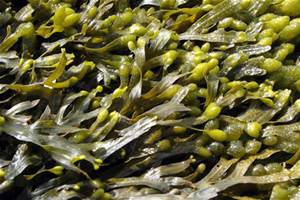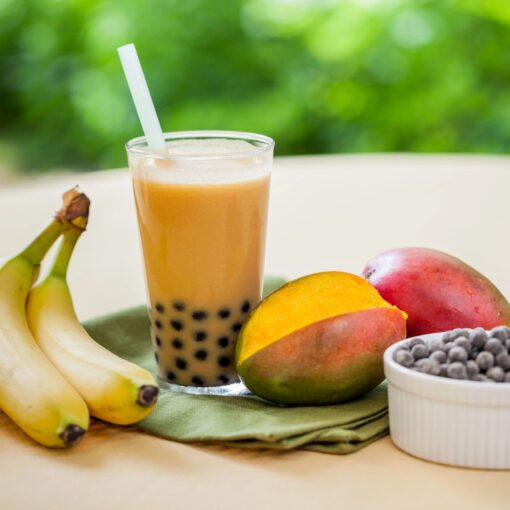In a previous blog we highlight the forthcoming challenges of an ageing population. Malnutrition in the elderly is a combination of physical, medical and social factors, but can impact on other aspects of health which in turn can exacerbate the problem; poor diet extend much further than macro nutrient intake but also results in deficiencies of the functional ingredients for the ageing population that could have a positive effect on some of the reasons behind the malnutrition.
Some of the key factors of ageing are mobility, mental acuity and sensory impairment and these are areas where the understanding of key functional ingredients for the ageing population has an essential role in the effective design of targeted products for the sector..
Mobility
Osteoarthritis is in the top ten most disabling diseases in developed countries. It is a degenerative joint disease associated with ageing and will most likely affect the joints that have been continually stressed over the years. Recent years have seen the development of a number of ingredients targeting some of the issues around Osteoarthritis. Collagen based products have started to established themselves as joint health solutions. Solubilisation technologies are behind the rise of turmeric based products dealing with inflammation, a factor increasingly being associated with a wide range of age -related conditions.
Mental acuity and Cognition
An area that has previously not been a large feature of functional foods, apart from the obvious effects of caffeine is their ability to assist in mental performance. Away from ‘gamers, hard studying students, and busy executives, the growing new category of ‘Nootropics’ has a role to play in helping manage cognitive decline in the elderly, so expect to see ranges of yerba mate, Bacopa Monnieri, Rhodiola rosea and ganax ginseng products targeted at the ageing population in the coming years. Interestingly it is suggested that it is the anti-inflammatory nature of Panax Ginseng that is thought to be the underlying mechanism of its performance in improving mental performance.
Sensory impairment
Loss of compromised sensory functionality is a major factor in the age-related malnutrition, either through social isolation as a result of visual impairment, the loss of taste and appreciation of food or physical conditions such as dysphagia which impacts on the range of products available and the elimination of ‘texture’ from the diet. These factors need to be accounted for when designing foods for this ageing population.
Distortion or loss of taste is not uncommon, and accounting for this should not be beyond the scope of New product development teams focusing on the senior market.
Ingredients targeting visual health have started to enter the market place; Alongside the vitamins A, C and E, the carotenoids lutein and zeaxanthin, have started to gain a profile in promoting visual health and are supported by clinical studies. Although it should be noted that there are no Authorised EU Nutrition and Health Claims to support these at the time of writing.
Macro nutrient requirement
In its 2015 paper ‘World Report on Ageing and Health’ The World Health Organisation (WHO) stated
“The nutrient density of food should be improved, particularly that of vitamins and minerals, but energy and protein intake are important targets.”
Whilst this does account for the primary survival needs of the ageing cohort, it does not account for some of the other beneficial functional ingredients for the ageing population that could be incorporated that could improve the quality life. Afterall a longer, happier and healthier life if certainly what most of us strive for. Foods should provide the nutrition required but could go further to consider some of the underlying issues and the factors that provide a more holistic approach to nutrition and ageing. Functional solutions do not account for the range of medical needs that may be required; such as cardio vascular frailties, so it is essential that nutritionally rich and balanced products are developed to ensure that whilst the fundamentals are met, they do not contradict well accepted healthy eating advice; but never forget the old adage that taste always wins.
Interestingly in 2015 ‘World Report on Ageing and Health’ the WHO touched on the importance of ‘personalised nutrition’.
“Individualized nutritional counselling has been shown to improve the nutritional status of older people within 12 weeks”.
I do not believe that they were considering the role of DNA testing and 3D printing within this, but it does acknowledge the fact each person is different, and as we get older, we will increasingly have a differing set of personalised needs. Not only to we need to be aware of what they are, but also how we can react from a dietary perspective to minimise the negative impact those individual factors can have on our many years of happy retirement.
So that sounds simple, but none of us like to be told that we are old, but we are increasingly aware of our changing needs, and the growth in the products within the sector will show that. Multi-channel or crossover positioning skirts neatly around this sensitivity with products for joint-health targeting sport nutrition as well as seniors, and the growing beauty from within market, focusing on the beauty element whilst inferring its ability to hold of the inevitability of ageing.




